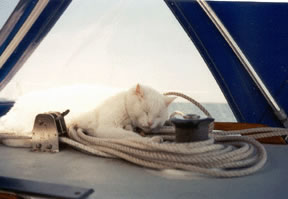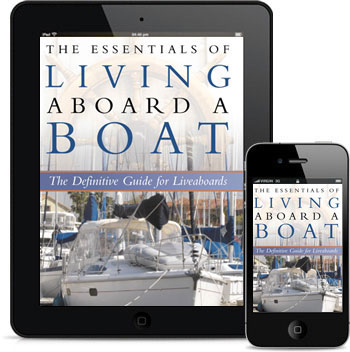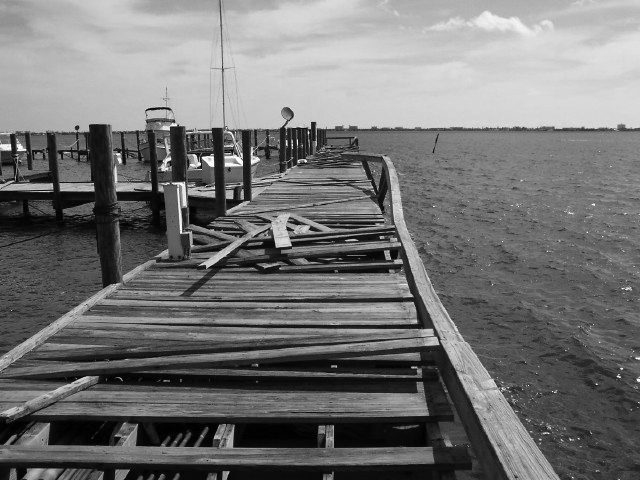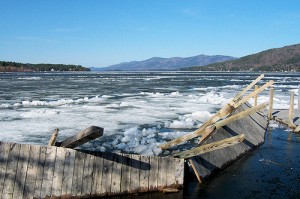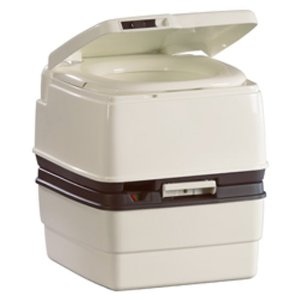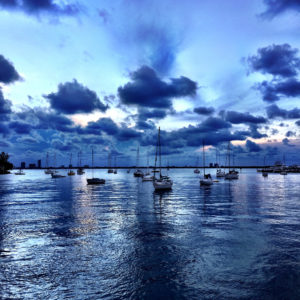
Living aboard a boat can be more complicated than a mere lifestyle choice. Access to marinas and water is very much a public, environmental and safety concern. More so, the public (this includes all – including landlubbers, sightseers, tourists, commercial vessels and politicians) does have a legitimate say in the way the neighborhoods should look, smell and represent the community as a whole. This is not unique to waterways, but is the very essence of zoning rules and public ordinances.
Regulatory and municipal initiatives can still have quite a harsh impact on lifestyle and options for the liveaboard. Simple regulation, which is otherwise logical – whether or not it is something you are or are not in favor of, can have rather sweeping implications. Take, for instance, the situation highlighted in Broward County (click for article here) in which anchorages are being cleared of “derelict” boats – defined as a boat that cannon move under its own power (including a sail). Some regions require boats to move just to prove their capabilities, and others are simply cited.
Are the Regulatory Goals Being Met?
I am an advocate for the liveaboard, and I believe that I’ve proven that beyond a doubt over the course of the past decade. It is often my concern that liveaboards are unfairly targeted when a politician wants to earn free points for causes such as “municipal beautification” or “environmental interests” without really doing anything of true substance. It is easy to bully groups such as these and free political points are earned at the expense of a terribly disorganized bunch (by design), particularly easy since there is no true adversary. Legislation can often pass rather unencumbered.
Nevertheless, we cannot be so fast to fault a system when there is a true and important public purpose. Safety on the waterways is truly important. Commercial vessels require a means of doing business and protection of their interests. Crime on the water can be a tremendous problem. Also, as a person with true environmental concerns, it is my view that we really need a way to protect the environment and when we can’t stop boaters from dumping their holding tanks into our shared space, I am perfectly comfortable with an ordinance banning this practice. As a matter of fact, it is too bad that there aren’t more prosecutions for this. It is so gross.
Ironically, liveaboards don’t really have an impact on the environment, or many of those other enumerated issues illustrated above. So while the politicians score points targeting liveaboards as an environmental victory (e.g., restricting liveaboards to small percentages of eligible marina spaces), the amount of pollution caused by liveaboards is actually a tiny minute fraction of the amount of pollution caused by the runoff from even just one light rain. To the contrary, liveaboards in well-maintained marinas actually reduce environmental concerns by helping to police the boating community. Targeting liveaboards completely misses the point and does less than nothing to solve the problem.
The Broward County Initiative
I haven’t been to Broward County in many years and really don’t have any idea what is happening in that community. I want to be clear that when it comes to the problems in that region (or lack thereof), I really have no first hand knowledge. I don’t know the safety, environmental or aesthetic issues regarding these boats in this region. There really is no one-size-fits-all solution to the way in which communities govern themselves and I won’t presume to guess without making a trip east to check out the scene.
Still, I am concerned when it comes to the application of disproportionate power. Liveaboards and many of these boat owners are simply not able to sufficiently represent themselves. This dynamic of power vs. the disorganized few is not the way healthy legislation is completed. The give and take lacks take and the give side takes quite a bit of credit for whatever legislation is passed. It doesn’t always end as it should.
So if you are in this region, pay attention. If you think that there is overreaching going on, take issue. We are talking about real people’s homes and lives and this is not something to be taken lightly. I know that there is a collective discussion going on in the region. If you have something to discuss, speak up and let your voice be heard.


